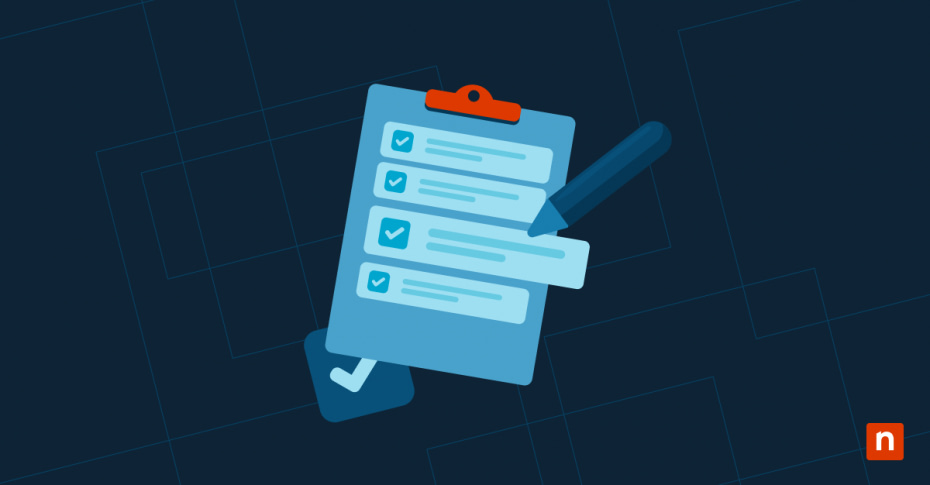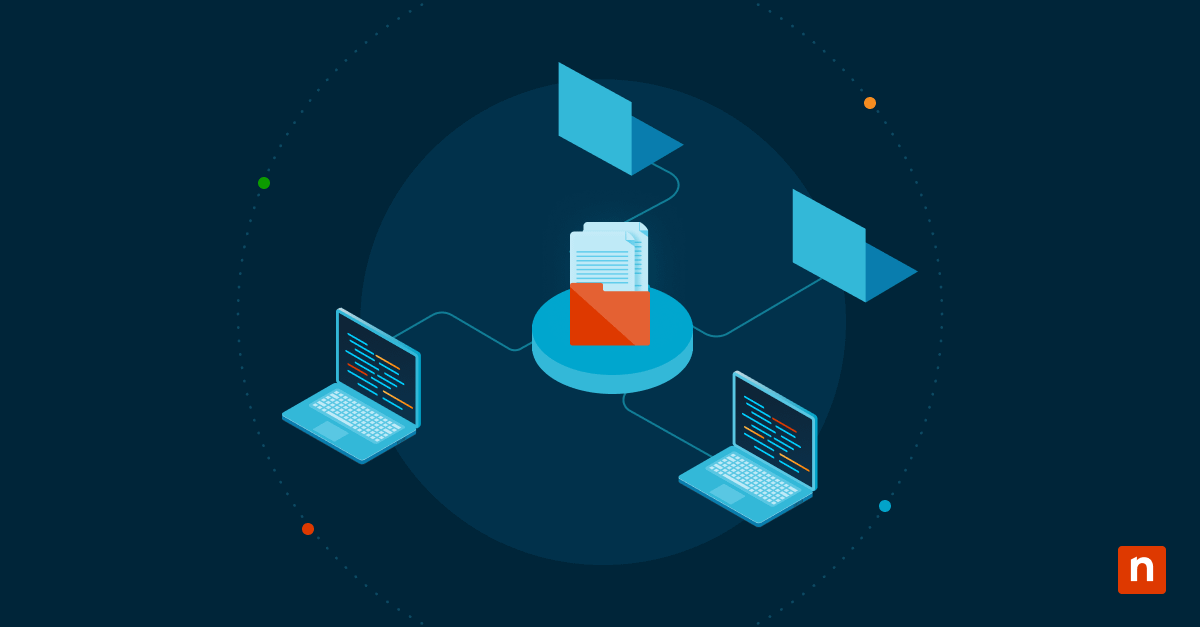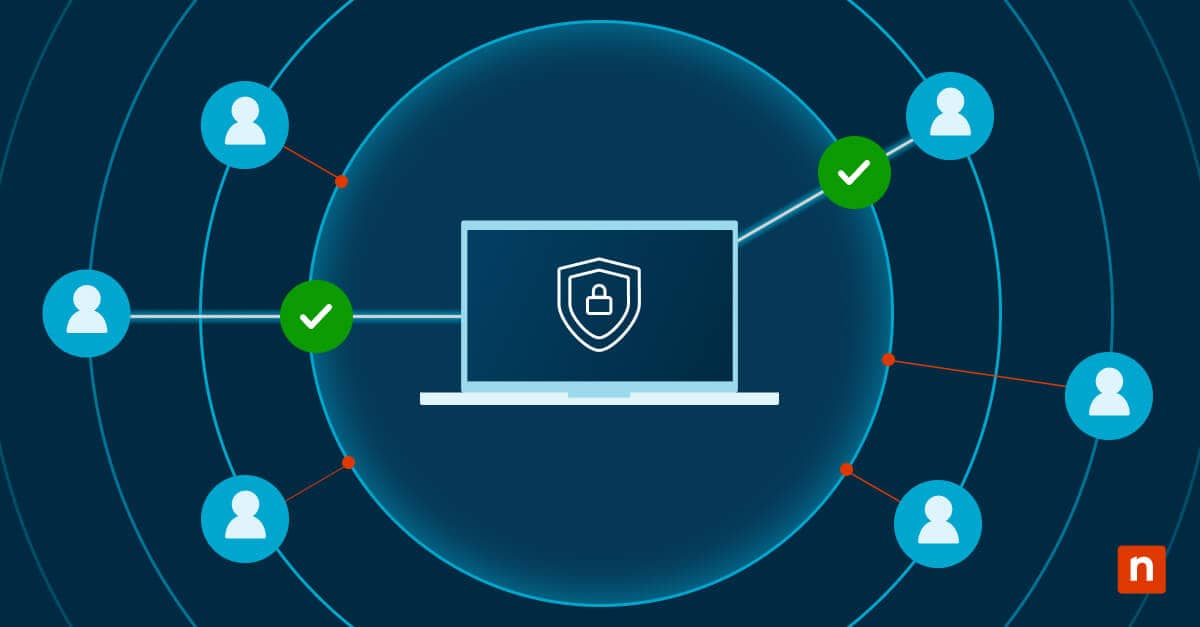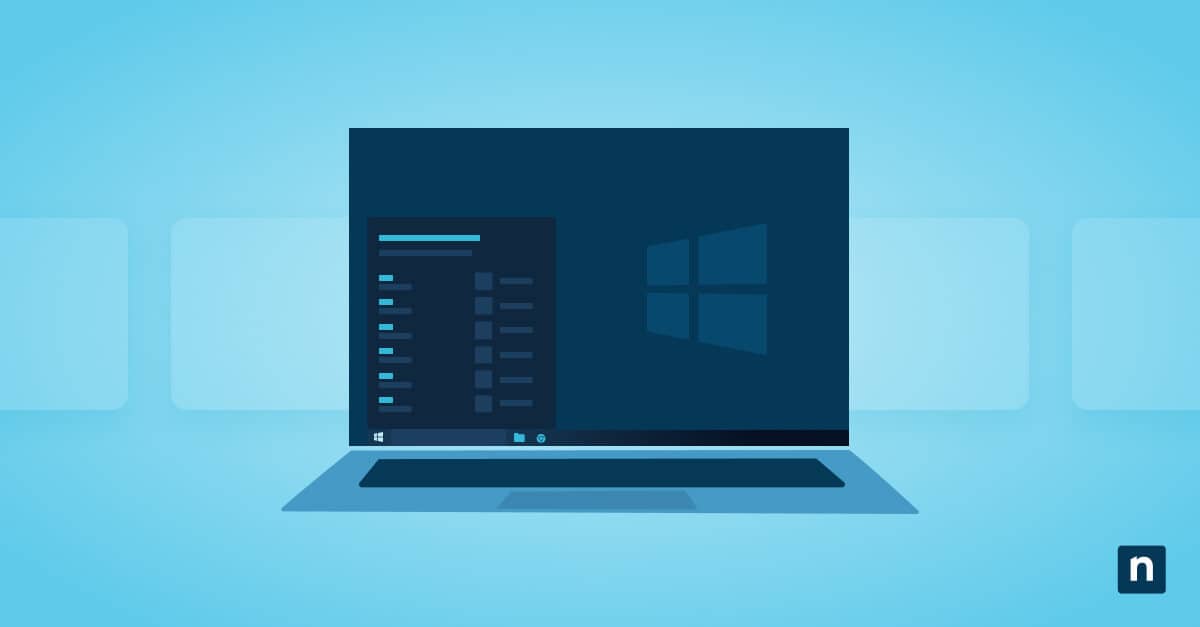Copy-pasting data is a staple function in Windows that makes working with text and images easier. However, the classic copy-paste function can fall short when multitasking, especially when juggling multiple entries of copied data or switching between devices.
Windows clipboard history lets you save and access different copied items, allowing easy storage and organization for later use. This guide provides step-by-step instructions on how to toggle your Windows 10 clipboard history on and off, other clipboard management alternatives, and easy-to-follow solutions for common clipboard history issues.
How to enable clipboard history in Windows 10
Enabling clipboard history for Windows 10 devices can be done in multiple ways. For everyday users, turning it on via Windows Settings should suffice. IT professionals and system administrators who manage multiple endpoints can enable this feature through the Group Policy Editor or Registry Editor.
Method 1: Using Windows Settings
- Open the Windows Settings.
- Press Win + I to open Windows Settings.
- Click System, then select Clipboard.
- Enable Windows Clipboard History.
- Inside the Clipboard settings, toggle on the Clipboard History switch.
- Open and test Clipboard History functions.
- Copy some test images and text from other documents or via the internet.
- Press Win + V to open the clipboard history.
- Verify if all copied images and text appear on the clipboard history dashboard.
Method 2: Using Local Group Policy Editor (Windows 10 Pro & Enterprise)
- Open the Group Policy Editor.
- Press Win + R to open the Run feature.
- Type gpedit.msc, then click Enter.
- Navigate to Clipboard Settings.
- By using the left pane of the Group Policy Editor, click Computer Configuration > Administrative Templates > System > OS Policies.
- Within OS Policies, double-click the policy Allow Clipboard History.
- Enable clipboard history.
- Inside the Allow Clipboard History policy, click the dot beside Enabled.
- Afterward, press OK.
- Restart your computer to apply these changes.
Method 3: Using the Registry Editor
⚠️ Note: As a safety measure, consider backing up your Windows Registry before proceeding.
- Open the Registry Editor.
- Press Win + R, type regedit, then click Enter.
- Find the Clipboard registry key.
- Once inside the registry editor, navigate the following registry path: HKEY_CURRENT_USERS\Software\Microsoft\Clipboard.
- Open the Clipboard registry key.
- Modify Clipboard history settings.
- Inside Clipboard, find the value EnableClipboardHistory.
- If there’s none, right-click the Clipboard registry key, choose New, and create a new DWORD (32-bit) value.
- Name the value EnableClipboardHistory.
- Enter EnableClipboardHistory, then set its value to 1.
- Inside Clipboard, find the value EnableClipboardHistory.
- Restart your computer to apply the changes.
How to turn off clipboard history in Windows 10
Disabling a device’s Windows clipboard history follows the same steps as enabling it, but with some minor changes:
- In Windows Settings: Follow the 1st step found under Method 1. Inside Clipboard settings, toggle off the Clipboard History switch.
- In Group Policy Editor: Follow steps 1 and 2 found under Method 2. Within the Allow Clipboard History policy, change the setting from Enabled to Disabled by selecting the corresponding dot beside the setting.
- In Registry Editor: Follow steps 1 and 2 found under Method 3. Inside the Clipboard registry key, find and click EnableClipboardHistory, then set its value to 0.
An overview of clipboard history
Clipboard history takes the traditional copy-pasting feature a step higher while still keeping things simple. It allows users to save multiple pieces of copied content, including text and images, for quick storage and retrieval when needed.
Why should I enable or disable clipboard history?
| Why enable clipboard history in Windows 10? | Why disable clipboard history in Windows 10? |
|
|
Windows clipboard history management alternatives
Some third-party clipboard history managers expand on the features of Windows 10’s clipboard by providing additional functionality and flexibility for users. Here are two alternative tools for those wanting to upgrade their clipboard management experience:
Ditto Clipboard Manager
Ditto Clipboard Manager is a free extension for the clipboard history dashboard that allows users to sync the clipboard of multiple devices. This makes it ideal for teamwork.
Its notable features include full Unicode and UTF-8 support, which allows the Ditto Clipboard Manager to display foreign characters and create language files using any language. It also encrypts clipboard data sent over a network, but it lacks encryption for data at rest.
ClipClip Clipboard Management Software
ClipClip is a free software that expands on the functionality of Windows clipboard history, including drag-and-drop operation, a built-in translator, searchable snippet history, and multiple folder organization. It also offers hotkey customization, enabling users to tailor their clipboard management experience according to their preferences.
In terms of security, ClipClip offers folder encryption to keep private data safe from prying eyes. It also enables clips to be uploaded for cloud storage and shared across digital platforms.
Frequently Asked Questions about Windows clipboard history
Does the clipboard history save copied items permanently?
No, your clipboard history will only save up to 25 copied texts and images. Entries that are not pinned are automatically deleted to make room for newer items in the clipboard.
Can I disable the clipboard history for all users?
Yes, you can disable the clipboard history feature for all users on a machine by using the Local Group Policy Editor and Registry Editor, as both of these methods can make system-wide changes. On the other hand, using Windows Settings will only disable this feature for the user applying the setting.
How do I clear the clipboard history?
You can quickly clear the clipboard history by pressing Win + V, clicking any ellipsis icon (…), and selecting Clear All.
How do I turn on my clipboard history?
Depending on your use case, turning on your clipboard history can be done using three methods: via Windows Settings, Local Group Policy Editor, or Registry Editor.
⚠️NOTE: If you have disabled your clipboard history using Group Policy or registry, you won’t be able to enable this feature via Windows Settings.
How to access the clipboard history?
Once Windows clipboard history is enabled on a device, it can be accessed by pressing Win + V.
Troubleshooting common issues related to the clipboard history
Clipboard history is not working in Windows 10
If your clipboard history is not working, ensure it is enabled by going to Settings > System > Clipboard and checking if the Clipboard history toggle is turned on. If it’s already enabled, press Ctrl + Shift + Esc to open Task Manager, find Windows Explorer under the Processes tab, right-click it, and press Restart.
Cannot find clipboard settings in the Group Policy Editor
Enabling clipboard history via the Group Policy Editor can be done on devices running Windows 10 Pro or Enterprise. To enable or disable this setting by using group policy, users should make sure they’re using the proper Windows version.
Registry changes are not applying
Only user accounts with the proper administrative privileges can make changes using the registry editor. Check if your user account has sufficient clearance under your environment’s privileged access management strategy.
Organize copied entries better using the Windows clipboard history manager
Clipboard history in Windows 10 is a useful feature, especially when you’re working with multiple entries of copied items. It gives you quick access to previously copied text and images, and you can even sync your clipboard across devices by signing in with a Microsoft account.
That said, there are some concerns that raise eyebrows, mainly around privacy and security. For example, sensitive information like passwords could accidentally be synced to other unintended devices that have the same Microsoft account logged in. Some users and administrators choose to turn clipboard history off; fortunately, it’s easy to disable through Windows Settings, the Group Policy Editor, or the Registry Editor.







